These demonstration facilities are a critical tool for RAS-N because they showcase sustainable RAS designs and technologies, outline basic concepts of operation and production and address industry’s highest priority research needs. They also provide extension, public outreach, and hands-on training opportunities to facilitate workforce development.
As part of the capacity-building function of RAS-N, it is important to beta-test workforce training ideas and strategies at our demonstration facilities so that we can integrate successful programs across regions. For more information, simply click on the name of a listed facility to visit their website.
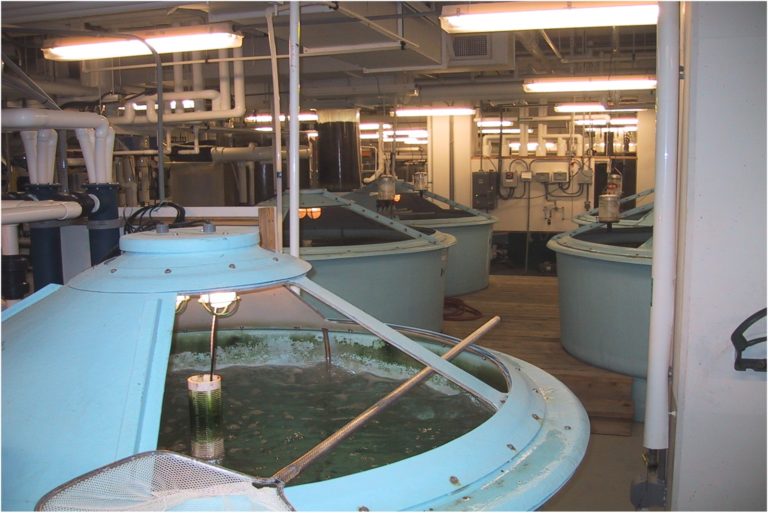
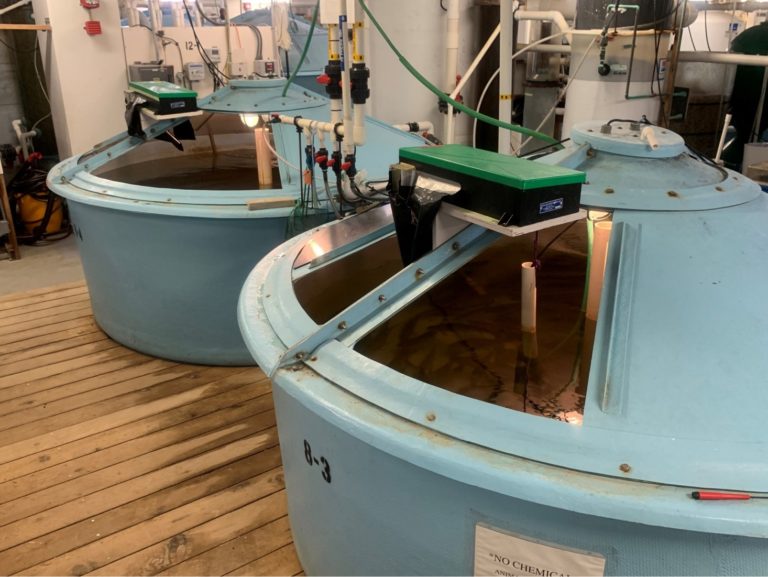
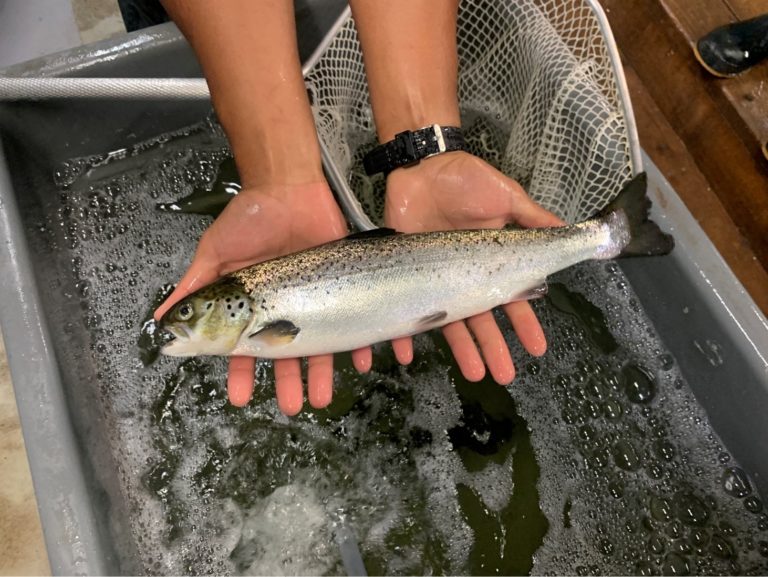
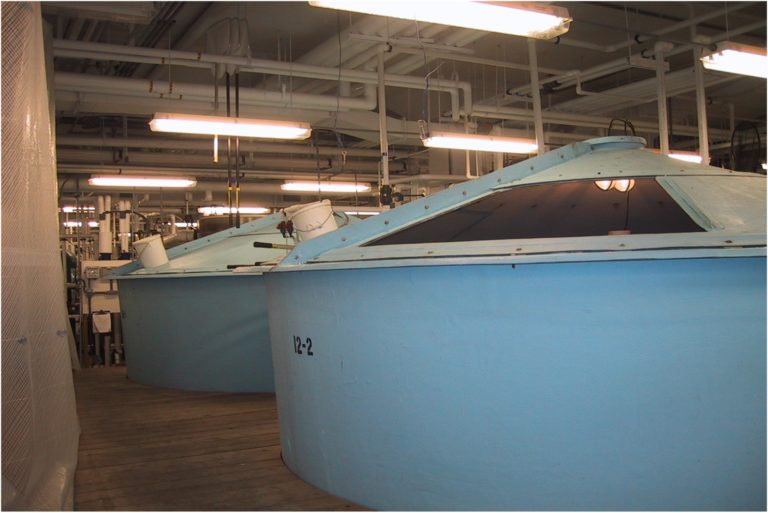
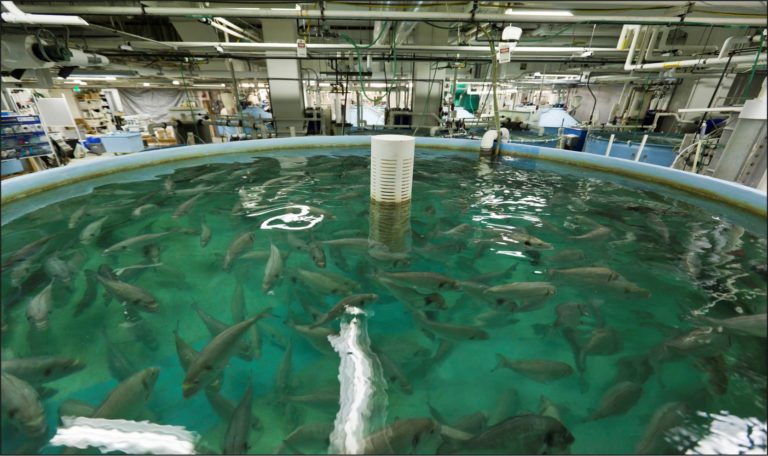
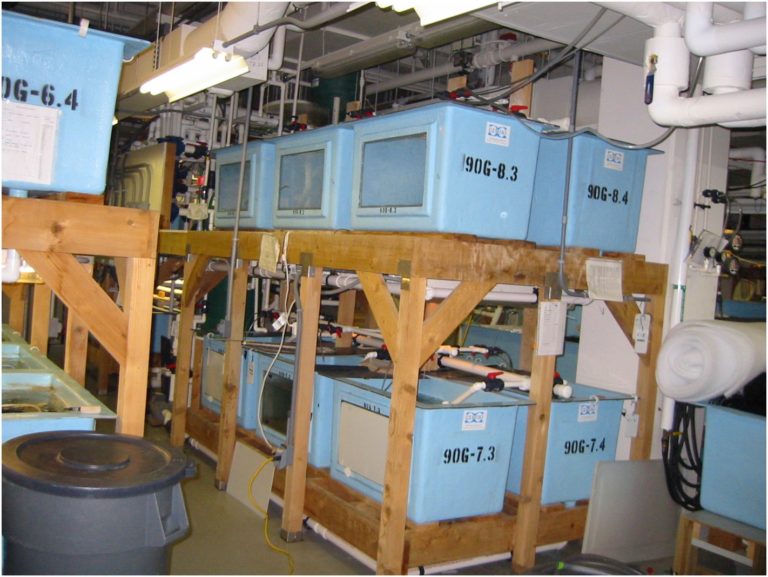
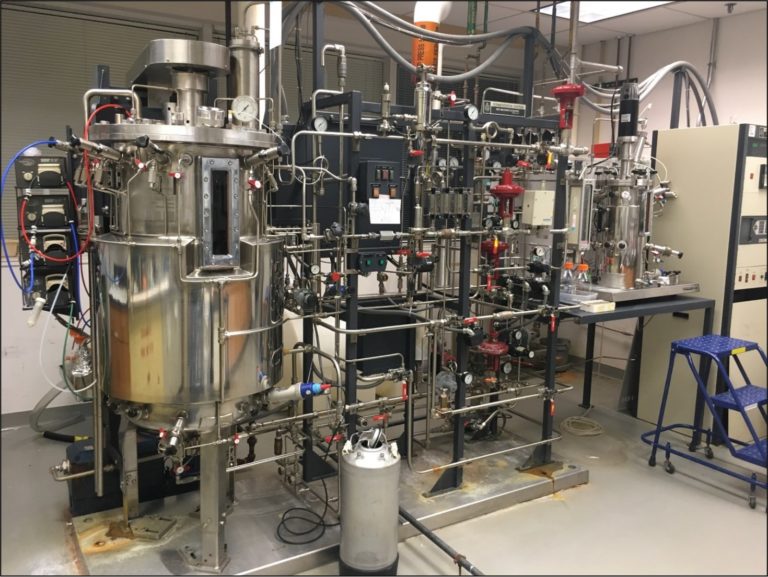
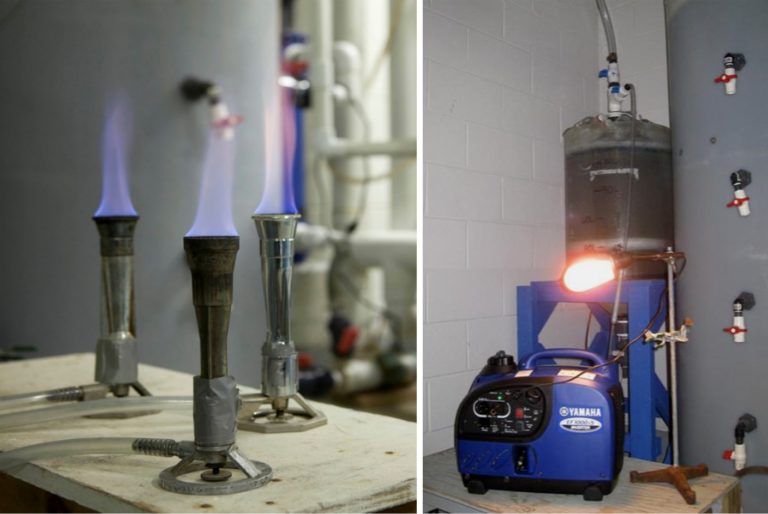
IMET Aquaculture Research Center
The Aquaculture Research Center (ARC) of the University of Maryland Institute of Marine and Environmental Technology (IMET) is located in Baltimore’s Inner Harbor. With 20,000 square feet of tank space, ARC is a state-of-the-art hub for national and international collaborations. The facility contains multiple tanks of 1.8, 2.4 and 3.7 meter diameter (2.3, 4.2 and 12.9 cubic meters in volume, respectively), a 20.4 cubic meter 5.5-meter long oval raceway tank, 32 smaller tanks of 0.34 cubic meters gallons each (for carrying out experiments with multiple groups of fish), and other tanks of various volumes that can accommodate specific types of aquaculture research. A computerized system maintains full control over the photoperiod, water temperature (10-300 C) and salinity (fresh to full seawater) in each of the tanks and the recirculating water in the facility is continuously treated with ozone. ARC’s primary focus is to conduct innovative, aquaculture-related research and development and to promote and expand related technologies, including the development and optimization of RAS. Ongoing funding supports work on Atlantic salmon RAS solid waste remediation and conversion to biogas, alternative feeds, smoltification and generating reproductively sterile salmon—all critical research areas for Atlantic salmon RAS. More than just a research facility, ARC does outreach with industry personnel, educational programs and the public interested in learning about its systems, cutting-edge research, workforce training opportunities and land-based aquaculture in general.
The Conservation Fund Freshwater Institute
The Freshwater Institute, located outside of Shepherdstown, West Virginia, is a showcase of RAS facility design. Arguably the foremost institute in the U.S. for aquaculture engineering and optimization, the institute primarily uses Atlantic salmon and other salmonids as models for its studies. Its researchers have developed prototype facility designs and protocols on all critical steps in the aquaculture production process. A recently renovated Aquaculture Tank Pad serves as a 5,200-square-foot wet lab and hosts an impressive set of systems that support research projects advancing RAS capabilities for large-scale fish production. The Aquaculture Research Grow-Out Lab is a 9,600-square-foot facility prototype that enables commercial-scale RAS in a 40,000-gallon closed containment system with, among other features, a partial reuse system and replicated flow-through tanks.
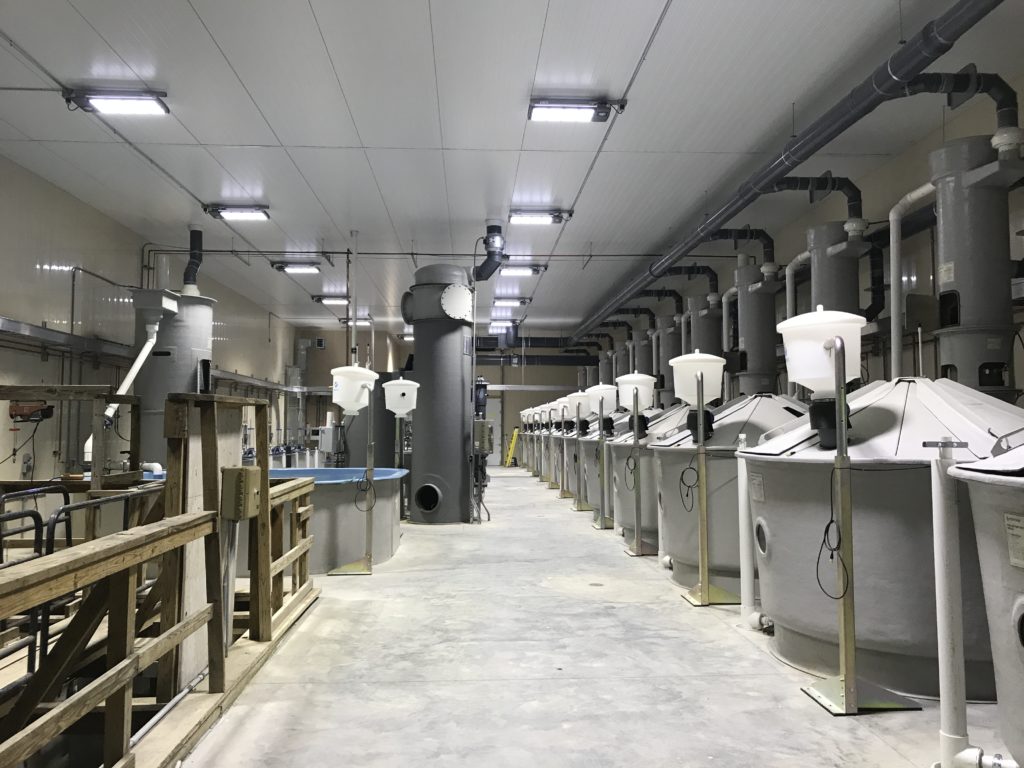
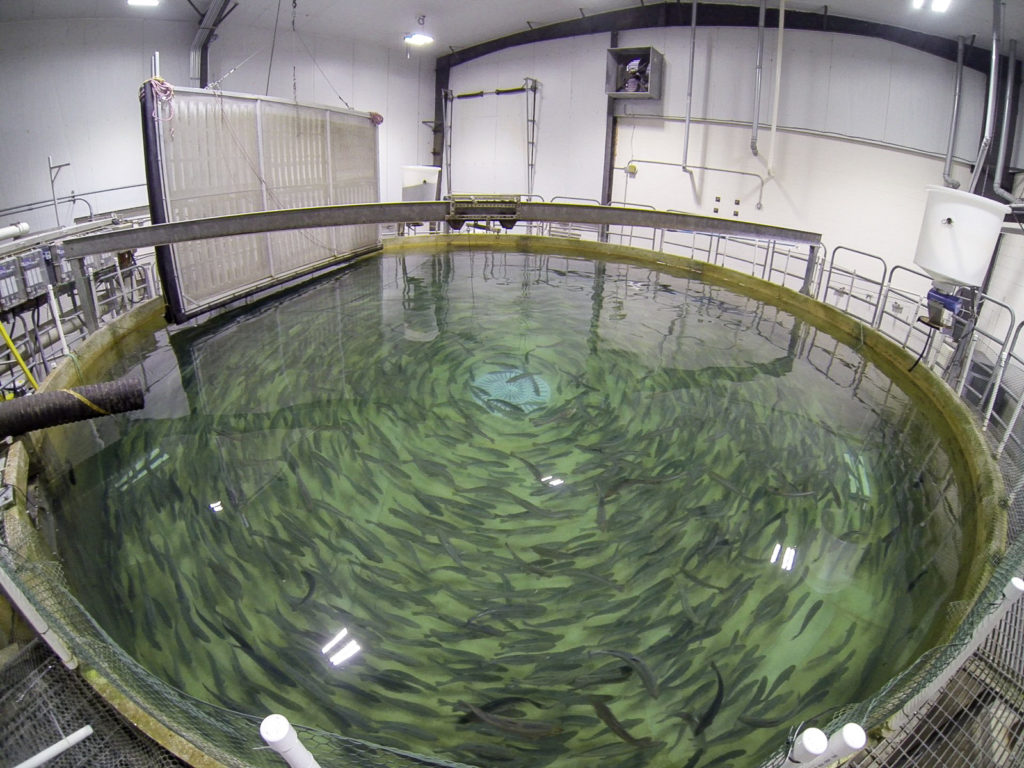
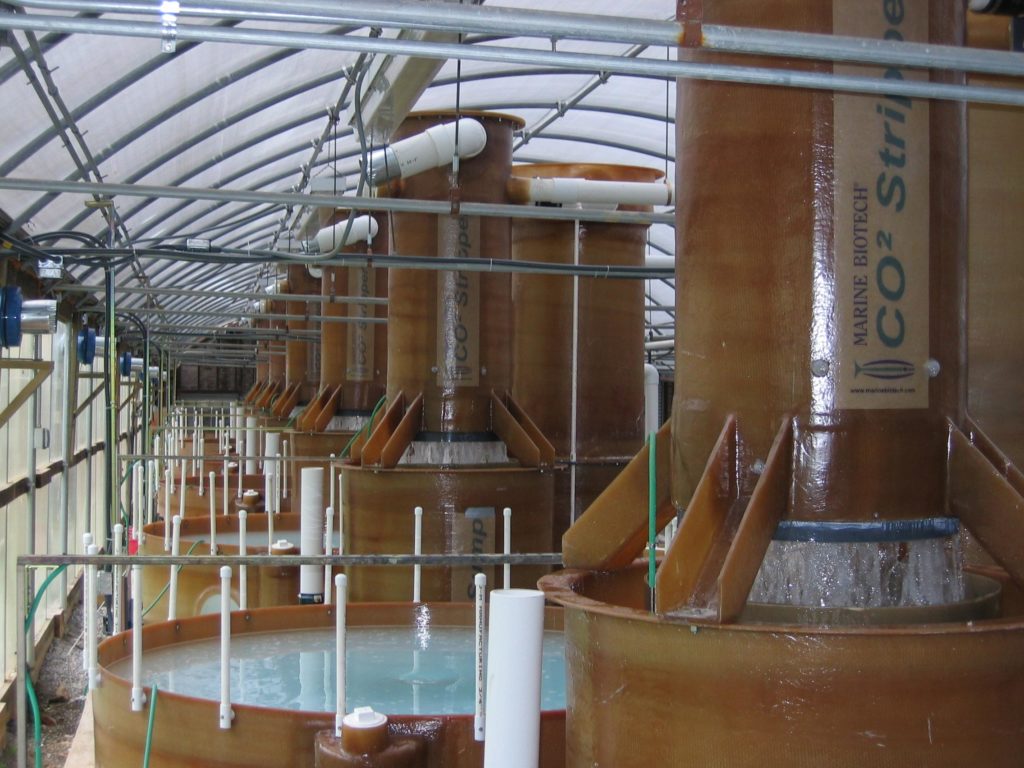
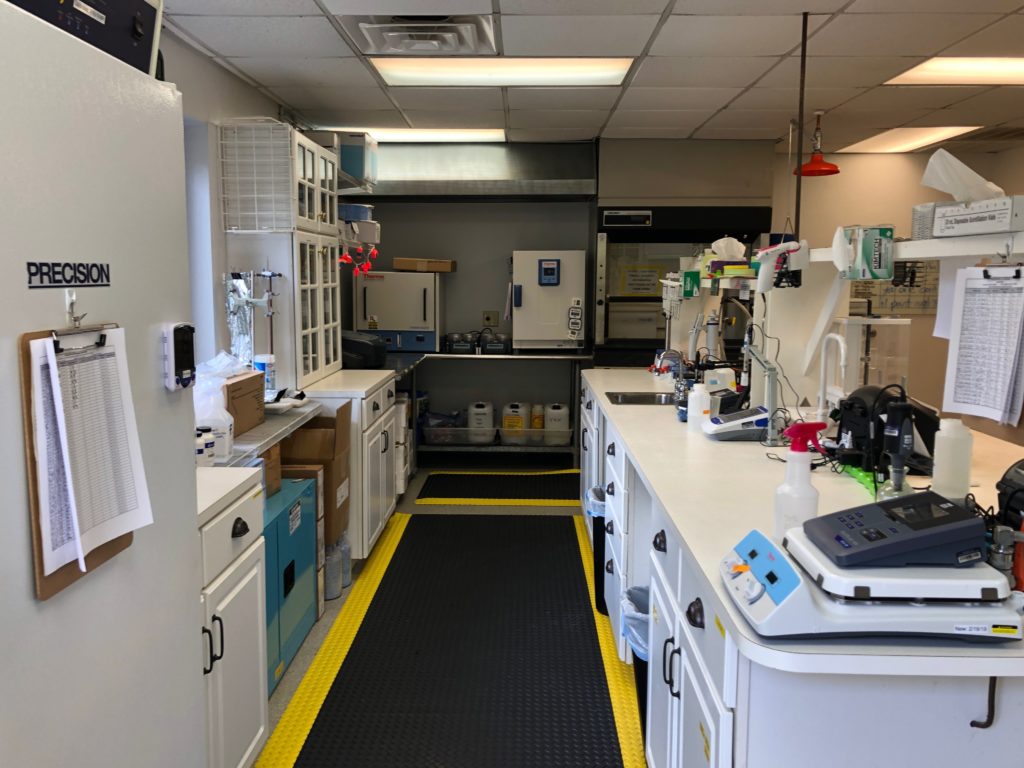
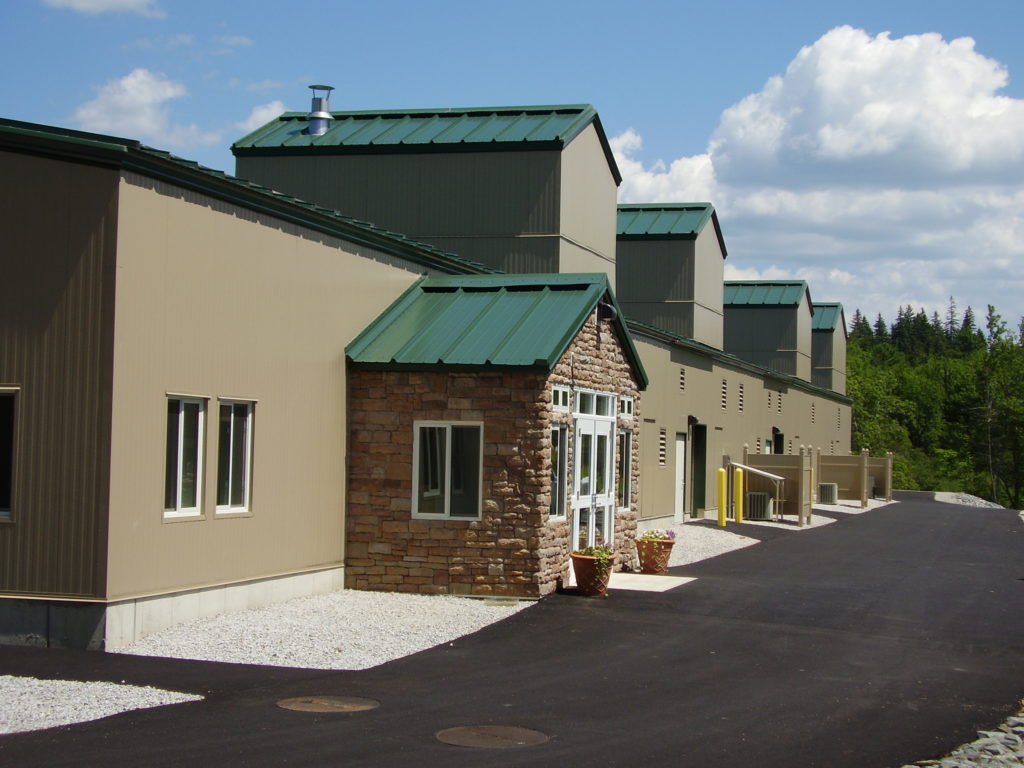
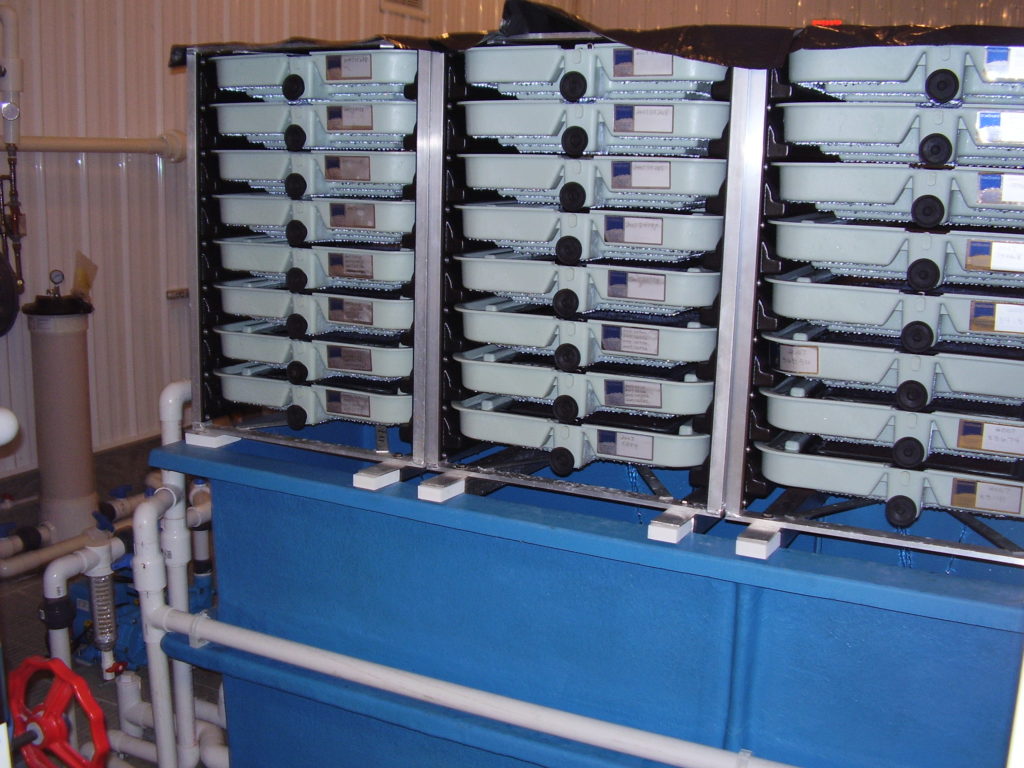
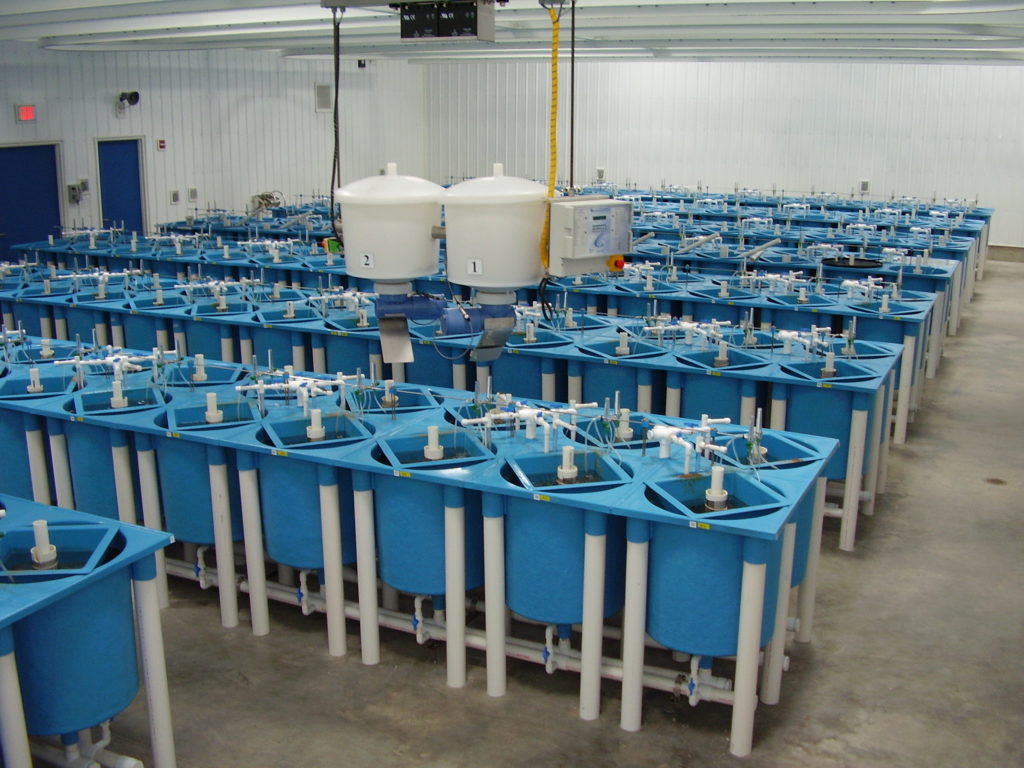
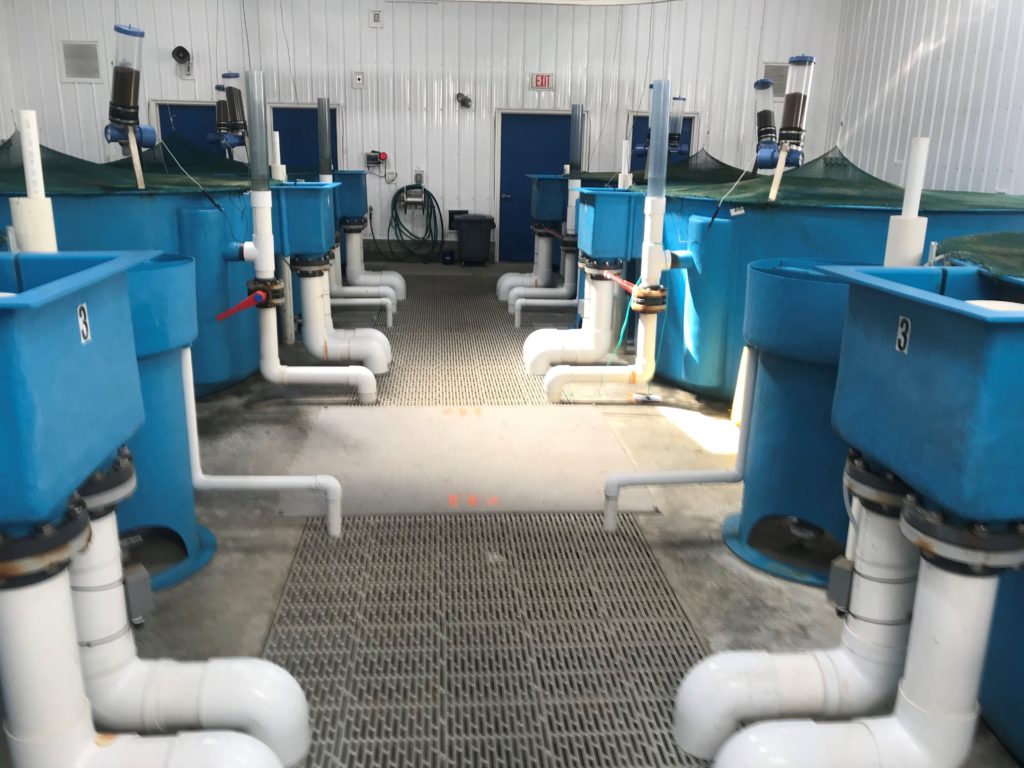
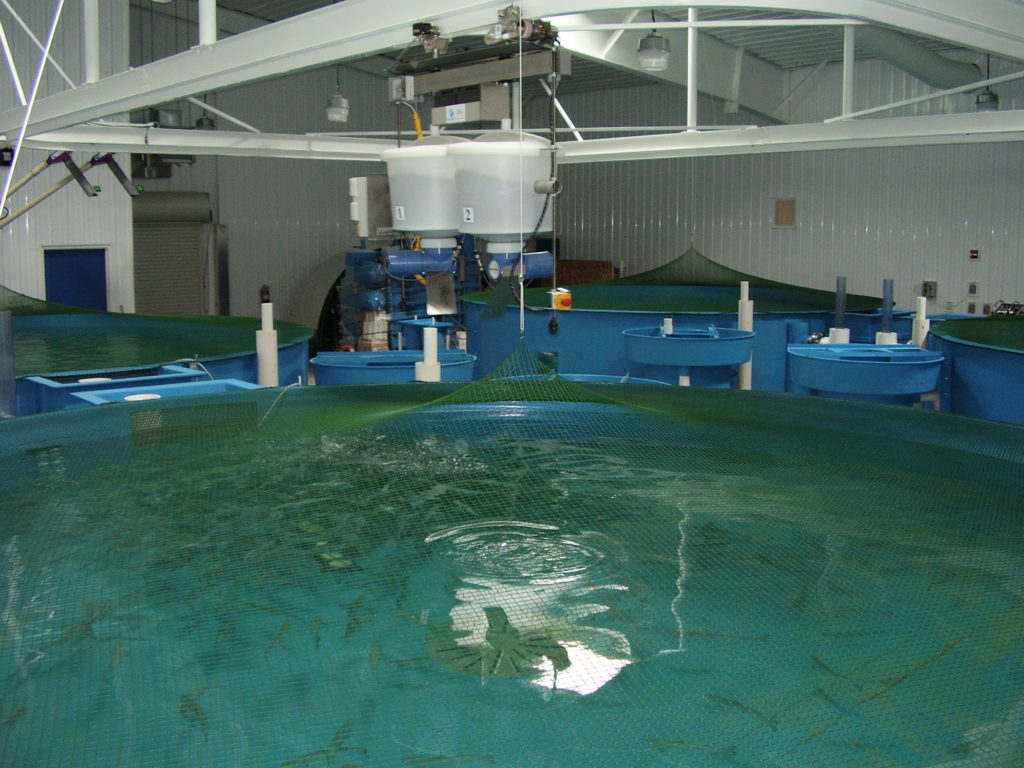
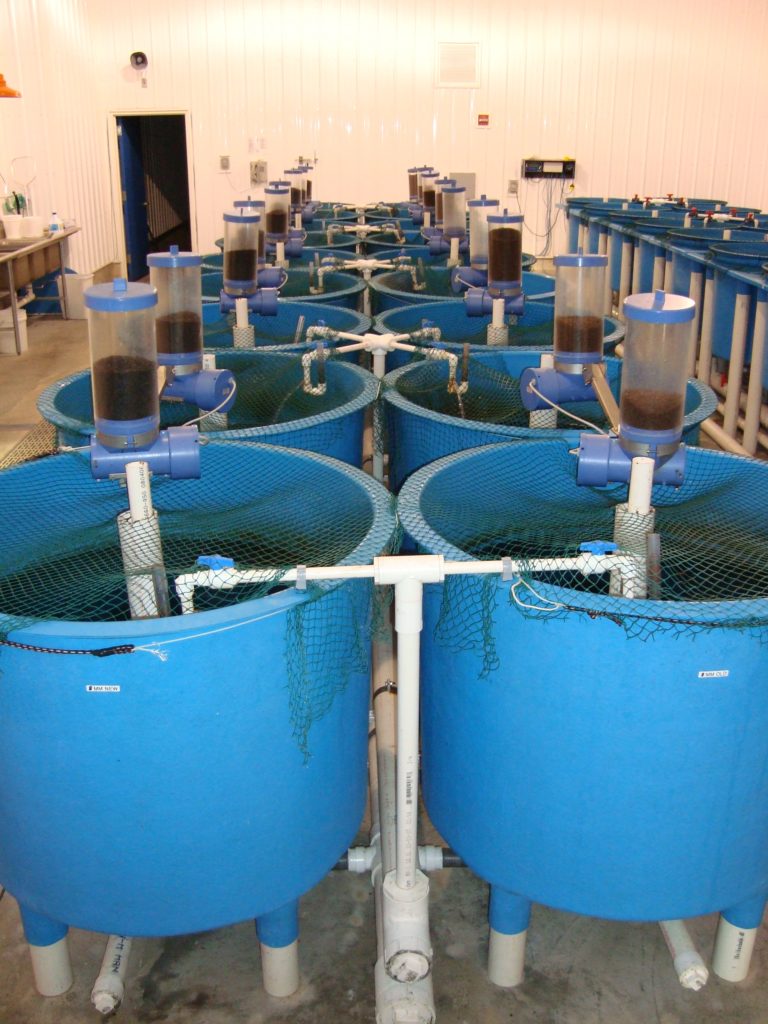
USDA National Cold Water Marine Aquaculture Center
The USDA-ARS (Agriculture Research Service) National Cold Water Marine Aquaculture Center in Franklin, Maine, is a showcase RAS research facility. It was designed to meet strict biosecurity standards for raising Atlantic salmon from eggs to 4-year-old fish, while maintaining separate fish culture systems for separate year classes and providing additional small-scale research tank bay space. Because of fish health certification regulations, fish culture systems for the breeding program are filled with water from eight different onsite wells providing a range of salinities, which are needed to meet the life stage requirements for salmon production with varying salinities (i.e., 0-35 ppt) and temperatures (i.e., 4-15C). The main USDA research building is approximately 3,700 square meters (40,000 square feet) and includes primary and secondary hygiene rooms, two research tank bays, and eight separate fish culture systems for egg incubation, parr culture, smolt culture, second-year on-grow, and three- and four-year-old broodstock culture. The facility can culture individual salmon families in over two hundred and thirty 0.1-m3 parr tanks, six 9-m3 smolt tanks, four 36-m3 (2nd yr) on-grow tanks, eight 46-m3 (3rd yr) and one 90-m3 (4th yr) broodfish tanks. Fish culture tanks used in the salmon breeding program are equipped with recirculating systems that range in size from 780 to 4,470 liters per minute. Temperature and oxygen are provided to a computerized feed control system that dispenses feed from robots traveling on rails above culture tanks or individual tank feeders.
University of Maine Aquatic Animal Health Laboratory
As one of two high-containment facilities in the country, the state-of-the-art Aquatic Animal Health Laboratory (AAHL) at the University of Maine (UMaine) is designed to protect researchers studying the diseases that harm fish and other aquatic animals. Researchers at the AAHL are working to develop vaccines, diagnostics, and other innovative products that will benefit aquatic animal-based industries. Graduate and undergraduate students gain hands-on work and research experience at the AAHL through UMaine Aquaculture Research Institute’s (ARI) integrated workforce development programming.
The AAHL is a partnership with ARI and UMaine Cooperative Extension. The only facility in the country to house high-containment aquaria and adjoining high-containment laboratories, the AAHL is poised to find innovative solutions to aquaculture’s most pressing challenges.
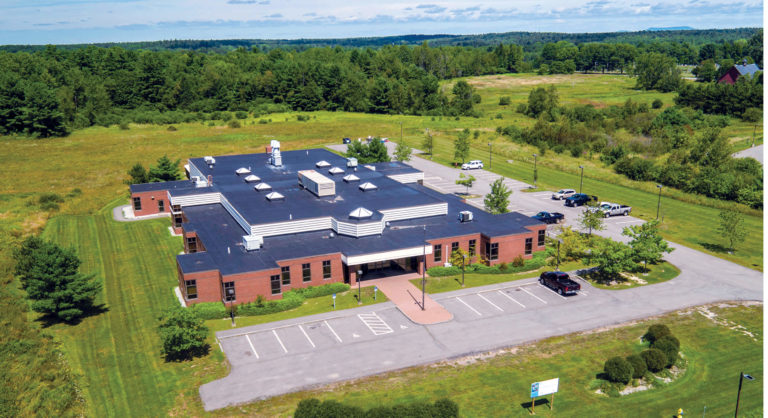
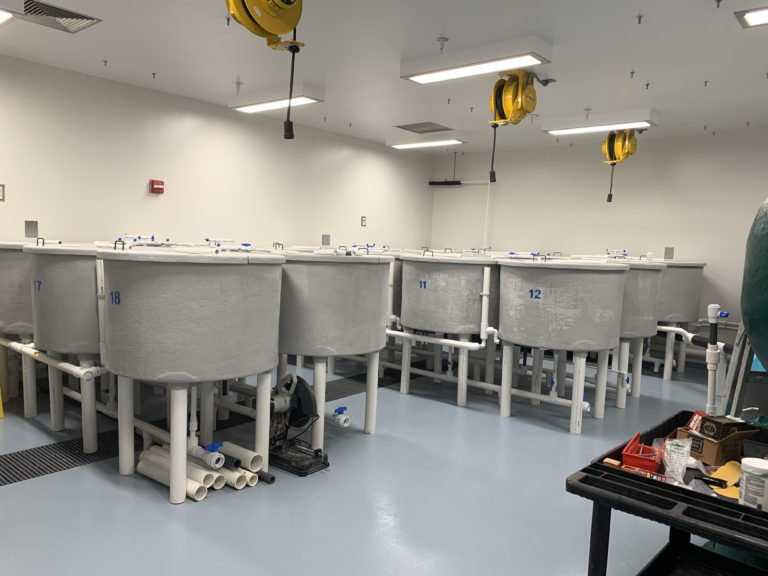
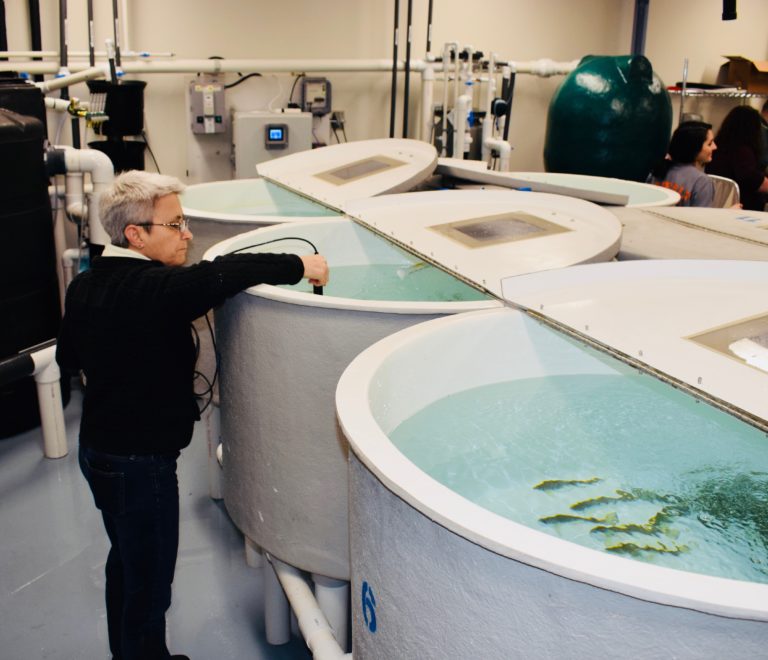
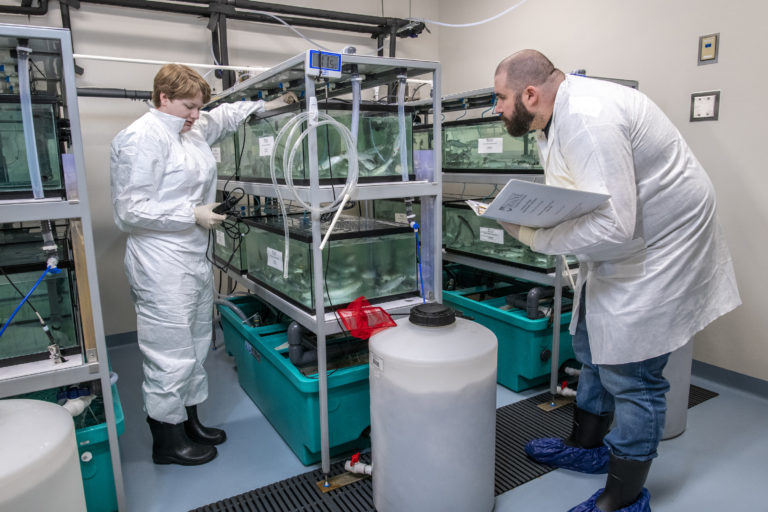
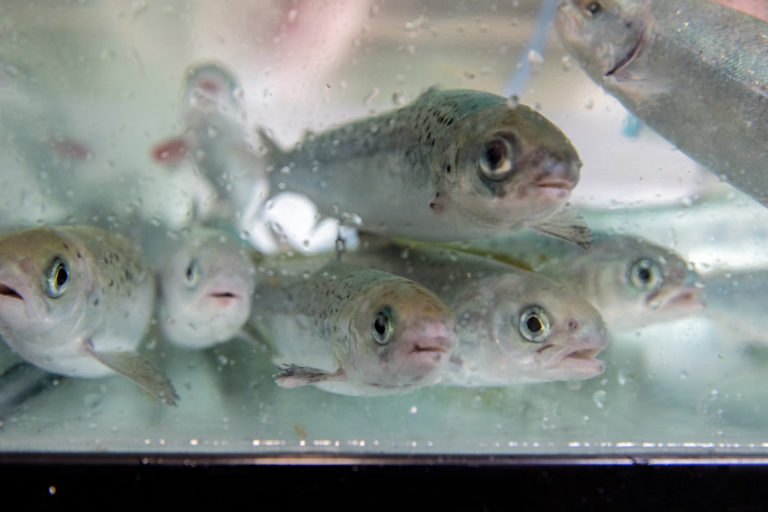
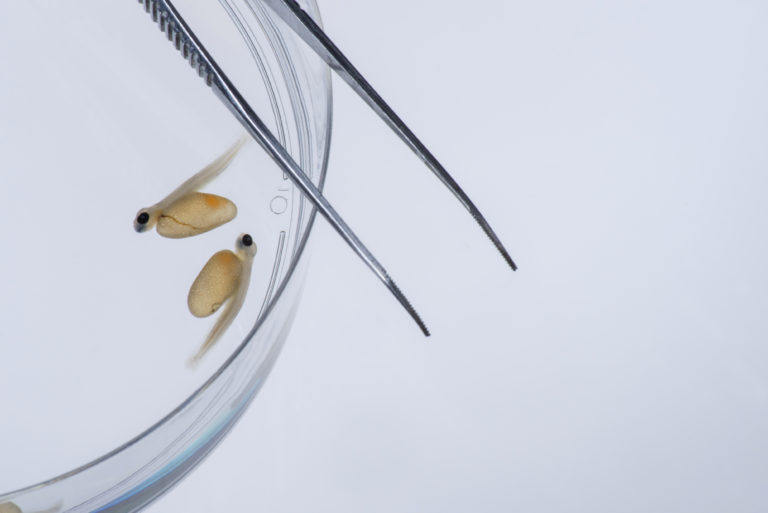
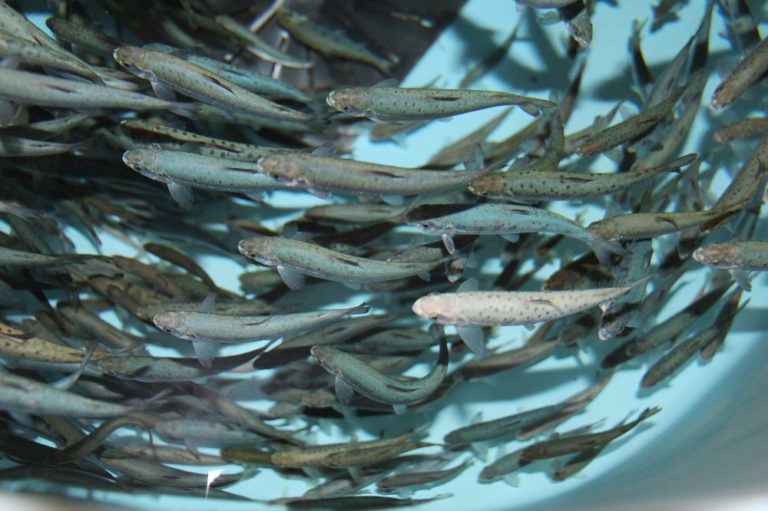
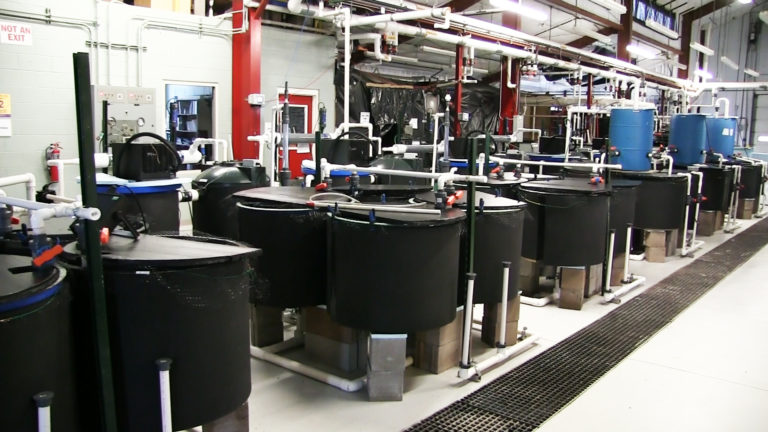
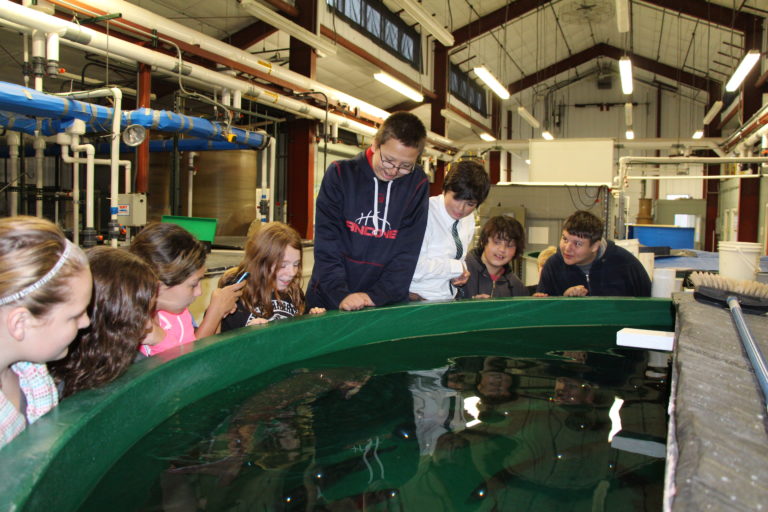
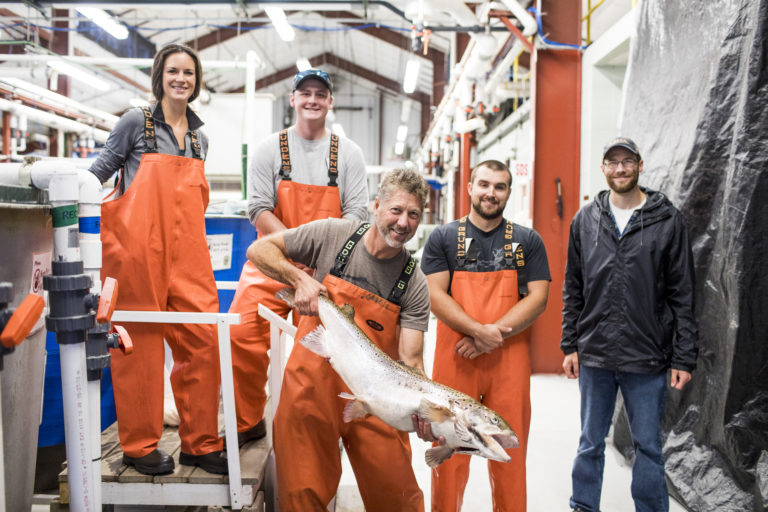
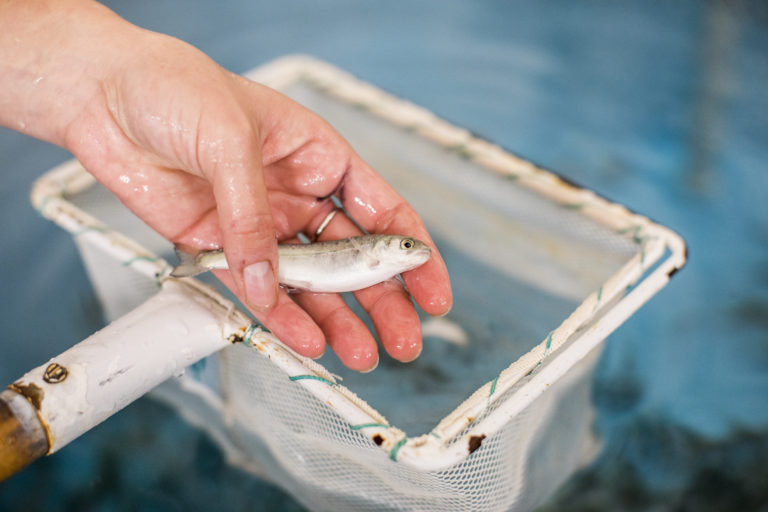
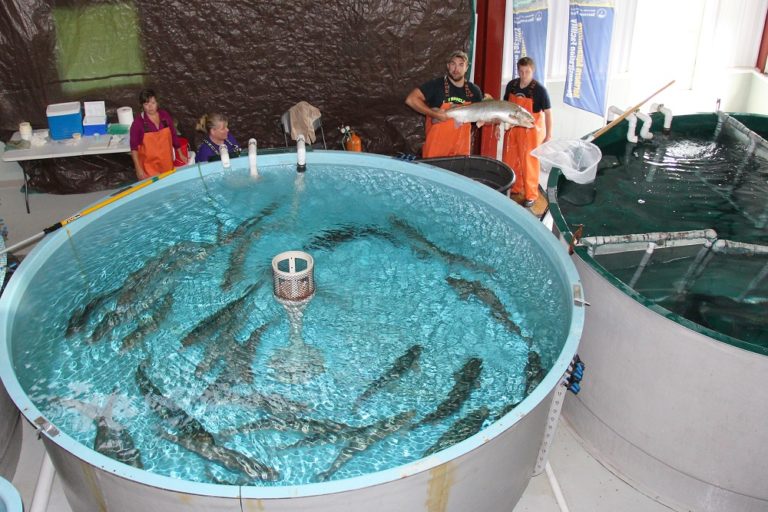
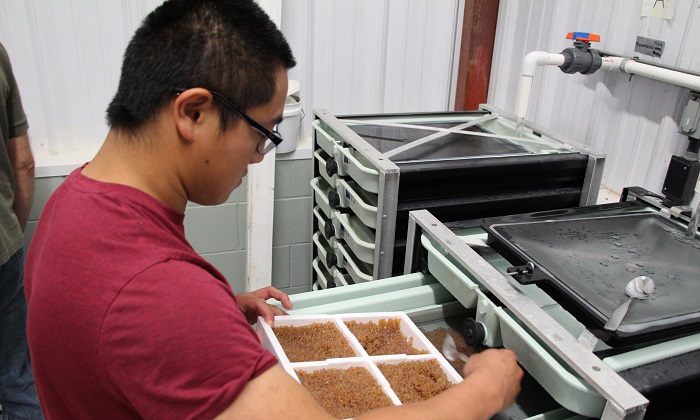
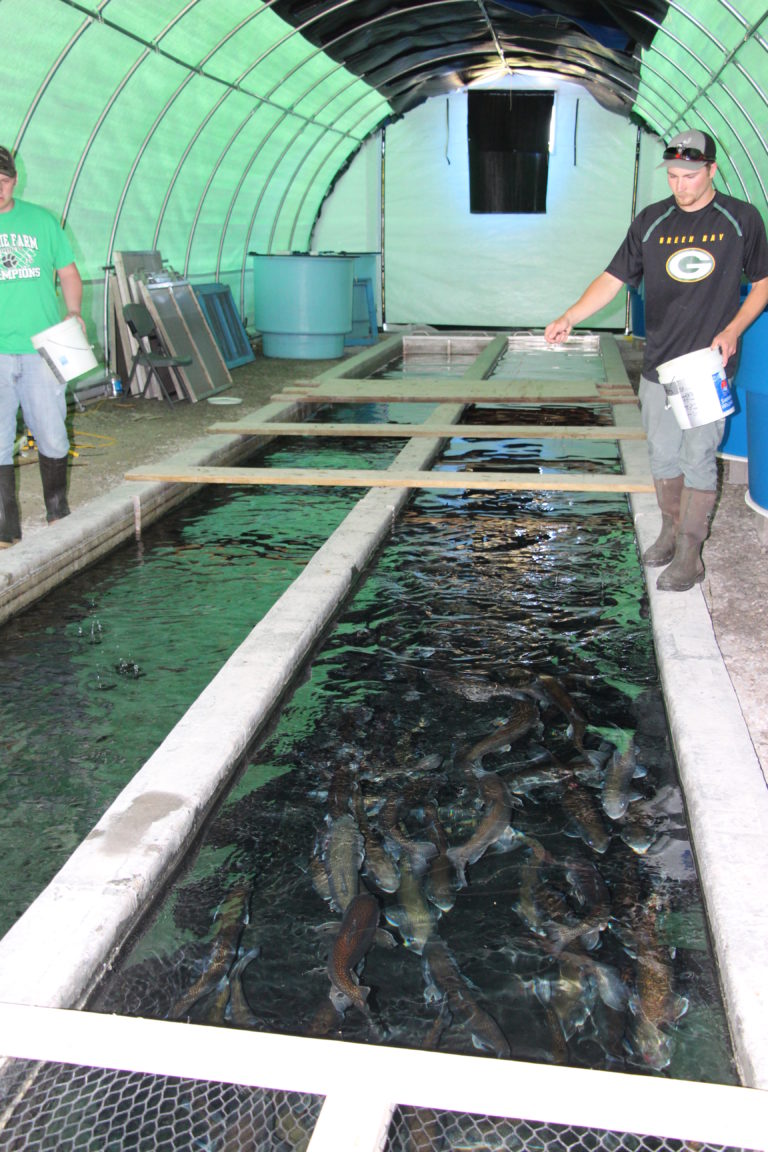
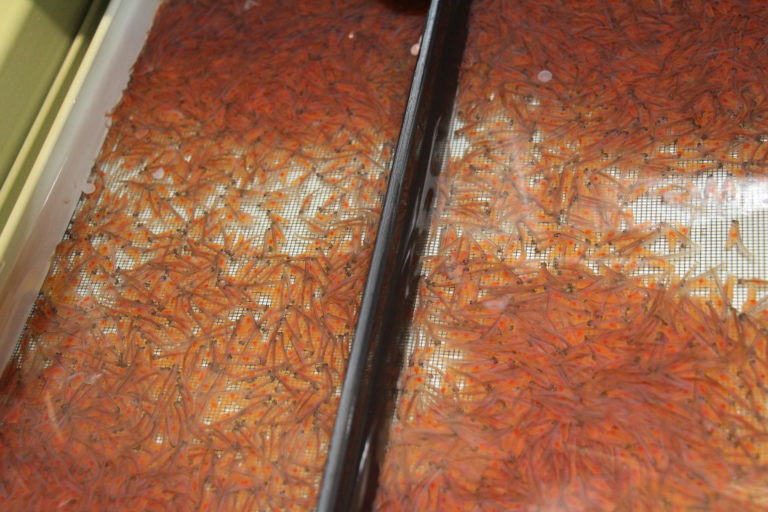
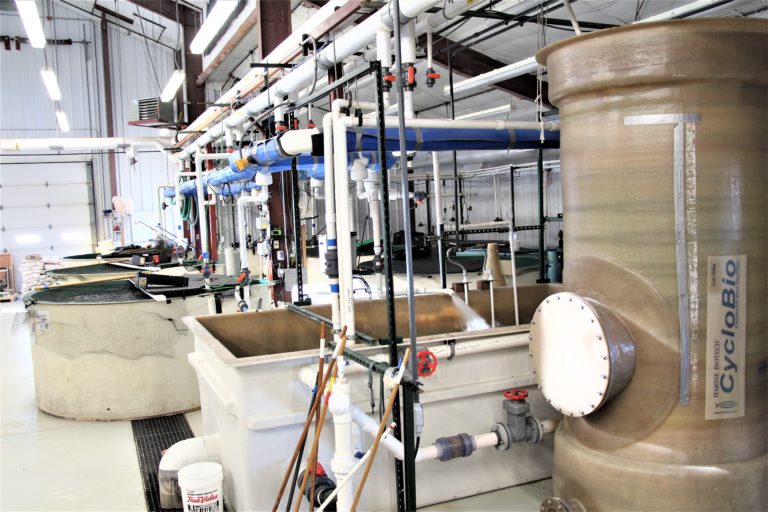
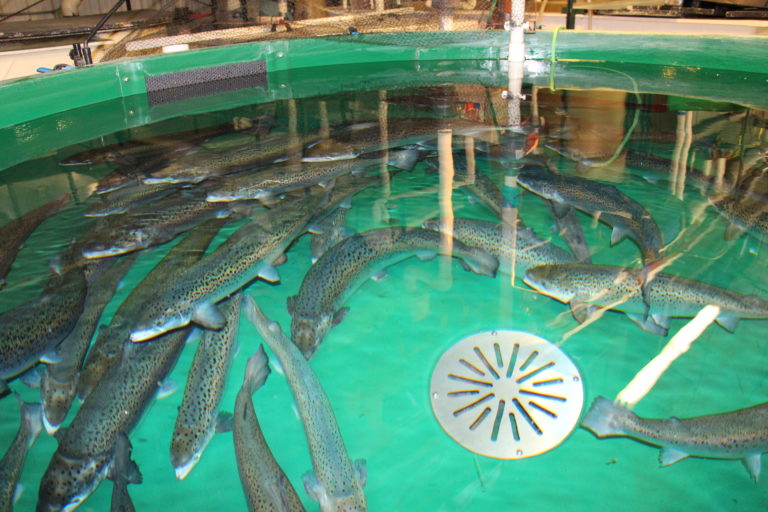
UW-Stevens Point Northern Aquaculture Demonstration Facility
Located in northern Wisconsin, the University of Wisconsin-Stevens Point Northern Aquaculture Demonstration Facility (UWSP-NADF) is recognized internationally as a leading aquaculture research and demonstration facility. Its mission in advancing sustainable aquaculture practices and promoting public education is achieved through an active applied research program and industry outreach. The state-of the-art, dynamic facility showcases new advances in aquaculture system technology such as sustainable land-based recirculating aquaculture, while also providing traditional aquaculture systems such as flow-through tanks, raceways and outdoor ponds for industry-based applied research projects. With a professionally trained staff of dedicated fish culturists and scientists, the facility can maintain a high level of expertise for conducting a myriad of projects with many fish species at various life stages. Multiple species cultured include fish for food, stocking, bait and conservation encompassing warm, cool and cold-water species.
UWSP-NADF is an excellent showcase of RAS technology, currently operating three commercially scaled RAS systems for research and demonstration while consistently raising Atlantic salmon at all life stages. Ongoing projects at UWSP-NADF aim to enhance Atlantic salmon culture, tackling area needs such as fish health and eliminating off-flavor in market-ready salmon.
Photo credit for header photo at top: Narayan Mahon, taken at the University of Wisconsin-Stevens Point Northern Aquaculture Demonstration Facility.